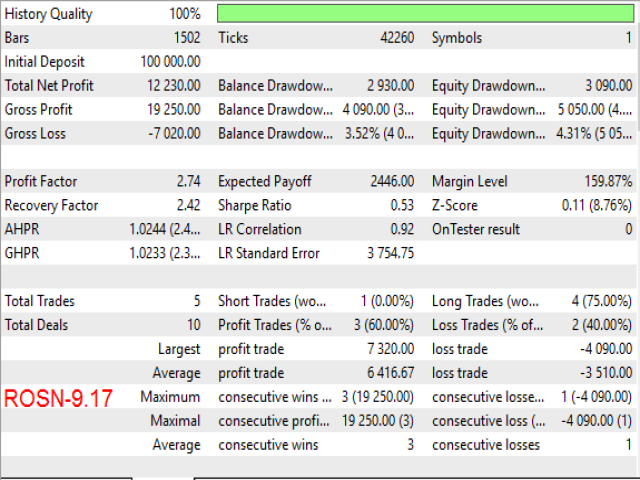FFF Forts is a totally automated trading robot for trading futures on this Russian futures market FORTS (RTS, Sberbank, Gazprom, Ruble, etc.).
The robot only trades based on the tendency. Entry into the transaction occurs on rollbacks. The robot determines the size of the rollback mechanically, based on the volatility of the instrument, or the dealer sets the size of the rollback in points independently.
- sort trade – management of trade
- gobbling upon a trend – let / prohibit topping up on a trend
- use Times Filters-enable / disable trading period limitations
- Time Filter-block for setting up trading punctually and day of the week when Use Time Filter is enabled. With this setting, you can set two time ranges and on which days the Expert Advisor is allowed to trade
- Setting for candles-the average volatility setting block for calculating the entry point, take profit, and stop loss
- Type-choose to calculate the average volatility: daily, weekly or monthly
- Placing order – enable / disable trading with pending orders
- Volatility calculation type-method for calculating average volatility (High-Low, Open-Close)
- Number of days-select the number of days involved in the calculation of volatility
- Manual input of volatility (0-auto) – manual input of volatility
- Level of trend change, % – select a percentage of the average volatility. When the price moves against the trend by a given amount, the trading direction changes.
- Order level, % – select a percentage of the average volatility. When the price passes against the trend by a given amount, pending orders are placed at the selected levels
- Setting for 1-5 limit order – a block of settings for five pending orders
- 1 level setting orders, % – select the first level to set a pending order. Set in % of average volatility
- Lot for 1 level – lot for the first pending order
- SL for 1 level, points-stop loss for the first pending order in points
- SL for 1 level, % Level-stop loss for the first pending order in % of the average volatility
- SL for 1 level, % Level points – the number of points to add to SL for 1 level, % Level
- SL for 1 level, points lastorder – total stop loss for all orders
- TP for 1 level, points – take profit for the first pending order in points
- TP for 1 level, % Level-take profit for the first pending order in % of the average volatility
- Type Candles for TP – method for calculating average volatility for take profit
- TP for 1 level, % Level points – the number of points to add to TP for 1 level, % Level
- Settings MA – setting the moving average
- MA Period – period of MA
- MA Shift – shift of the MA
- Method MA – method for calculating MA
- Price MA – type of price MA
- Parameters breakeven-breakeven setting
- Use breakeven – enable / disable breakeven
- BE start, points – breakeven start in points
- BE start, % – breakeven start in % of average volatility
- BE level, points – how much to transfer the stop loss from an open order
- Parameters Trailing – stop loss trailing parameter
- Use Trailing – enable / disable trailing stop loss
- Trailing Stop Level, points – how much the price must pass in points to activate the trailing stop loss
- Step trailing, points – stop loss trailing step in points
- Trailing Stop Level, % – how much the price must pass in % of the average volatility to activate the trailing stop loss
- Step trailing, % – stop loss trailing step in % of average volatility
- Parameters Partial closure-setting up partial closing of the order. You can set up to five partial closures.
- Use Partial closure – enable / disable partial closure
- Type Candles for Closing-select the method for calculating the average volatility for partial closing
- Closing level 1, points – how many points the price must pass for the first partial closing of the order
- Closing level 1, % – how much in % of the average volatility the price must pass for the first partial closing of the order
- Lot of closing 1 – the volume that will close on the first partial closing
- Other settings-general settings
- Max Spread – maximum spread
- Number of attempts – number of opening attempts
- Slippage – slippage
- Magic Number – unique number
- Comments – comment on the order
- Color Levels – the color of the grid





